The bathroom is one of the most important parts of any home. It is so useful that it is essential, and no home can be complete without it. For this reason, keeping your bathroom in good working order is crucial since life could come to a grinding halt without a working bathroom.
Alas, even the most diligent of us may still encounter some smelly problems in the bathroom from time to time. This is especially true if you live in one house for many years. The fact is that with time things can wear out, break, and outlive their lifespan and need to be replaced.
Fortunately, while some unwanted smells suddenly appearing in your bathroom can be unpleasant, it doesn’t necessarily mean that something has gone horribly wrong. In some cases, a simple fix is all that is needed to solve your stinky problem. The key is knowing when a DIY solution will do and when it’s a good call to get the pros involved.
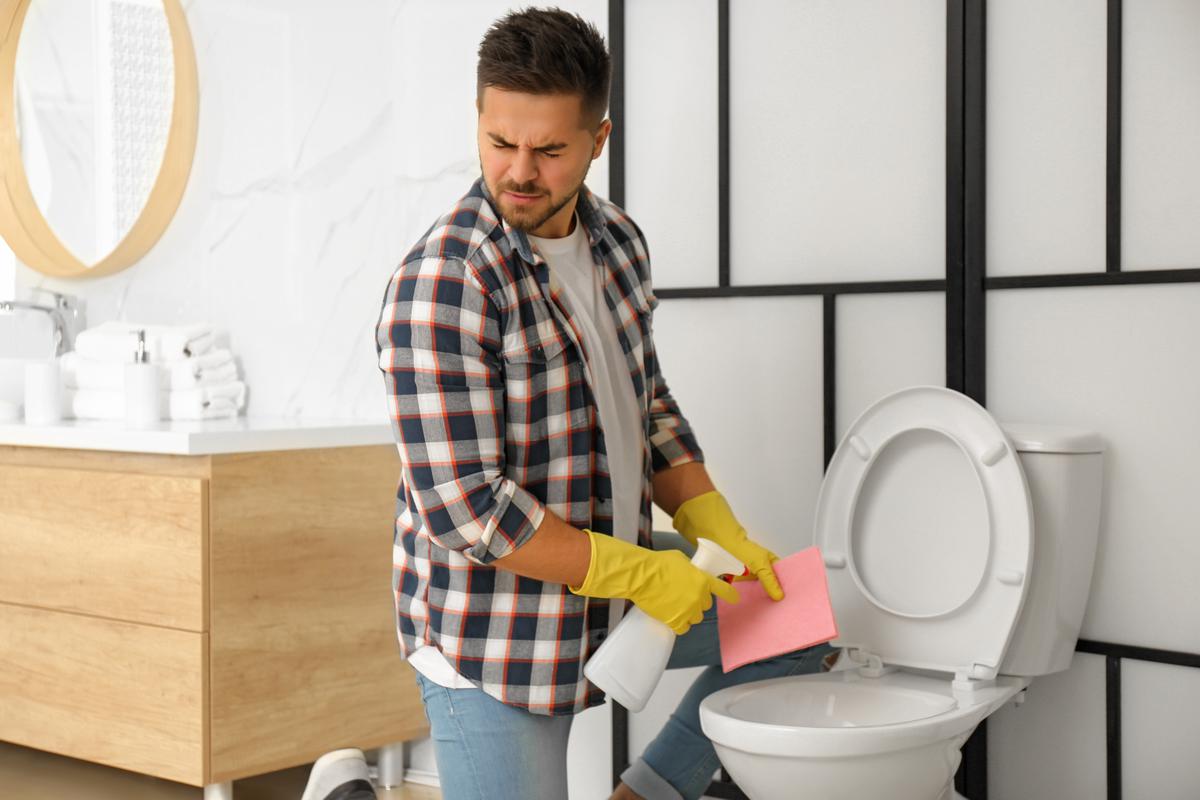
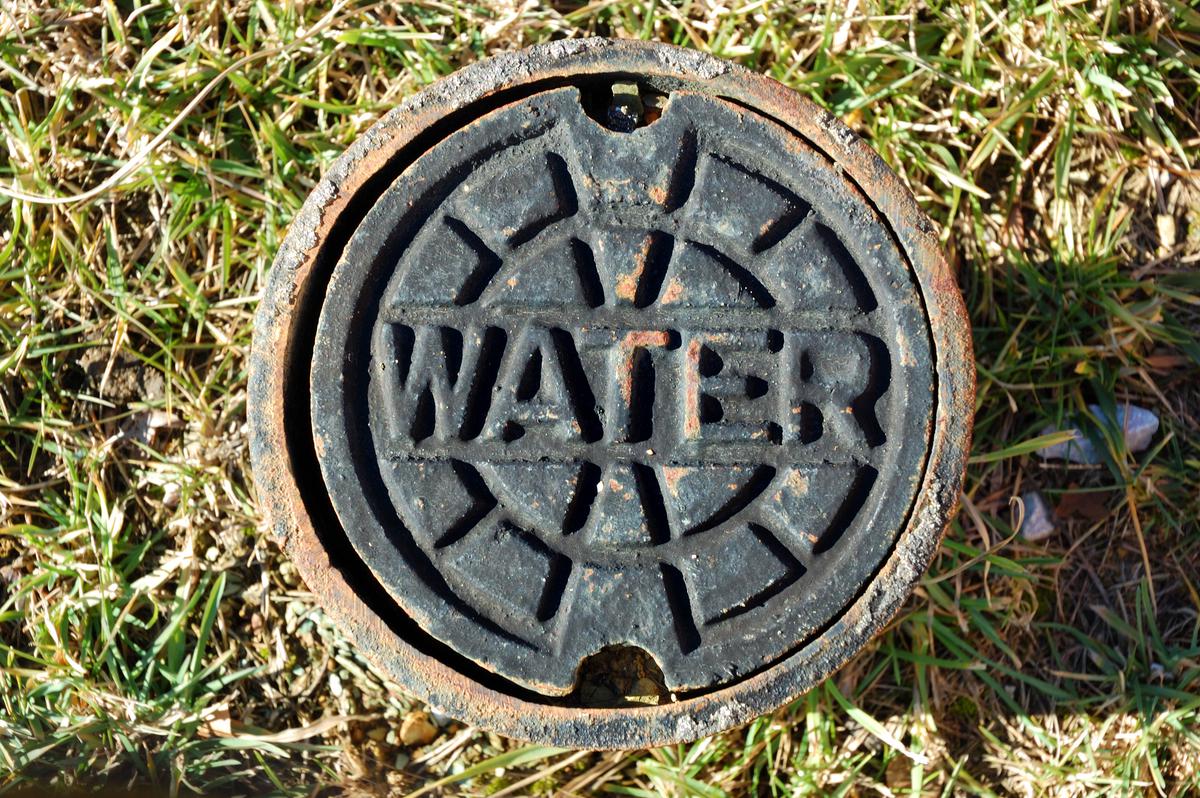
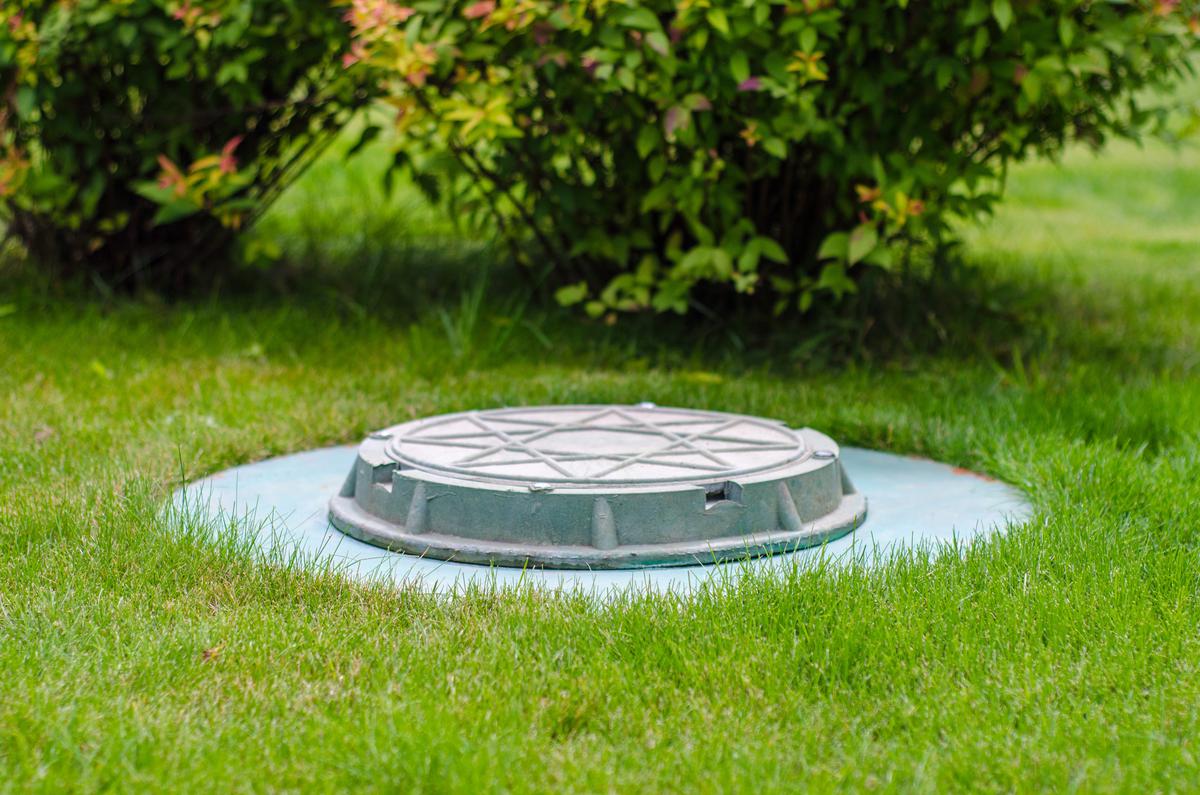
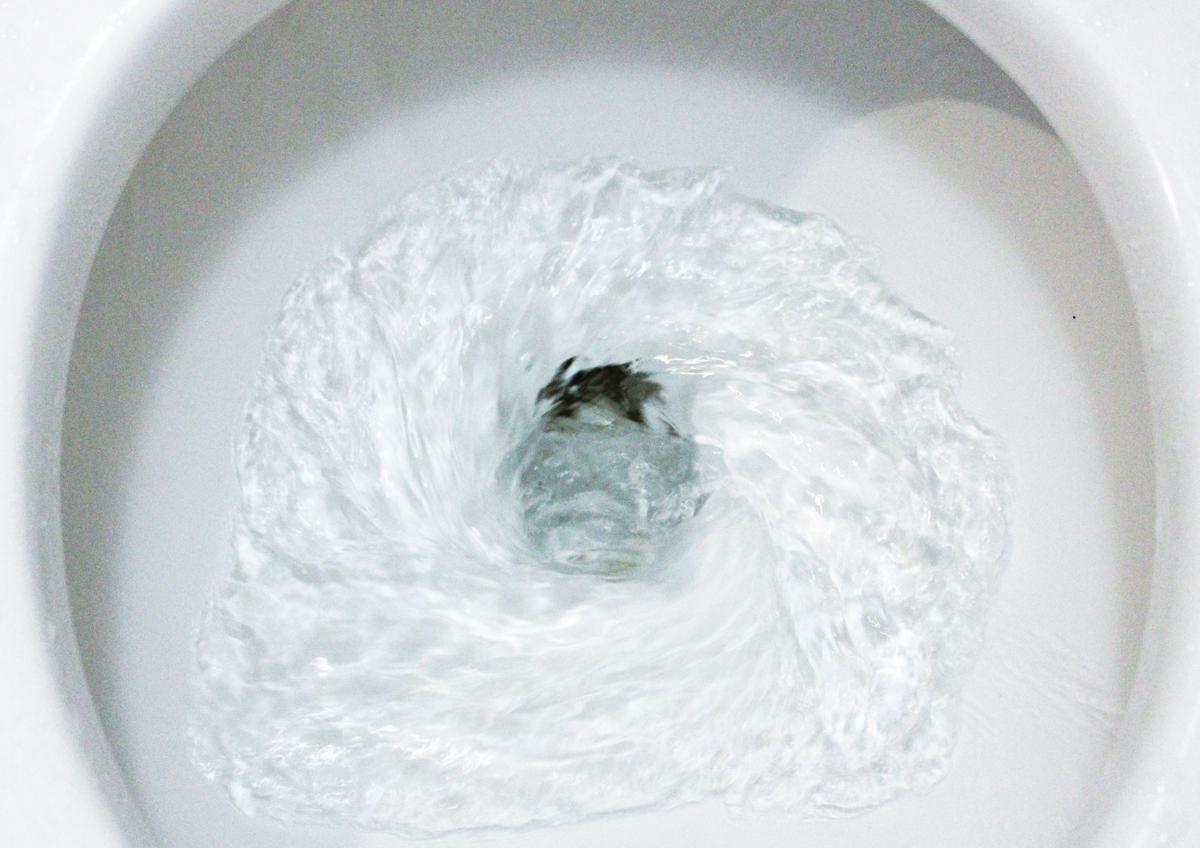
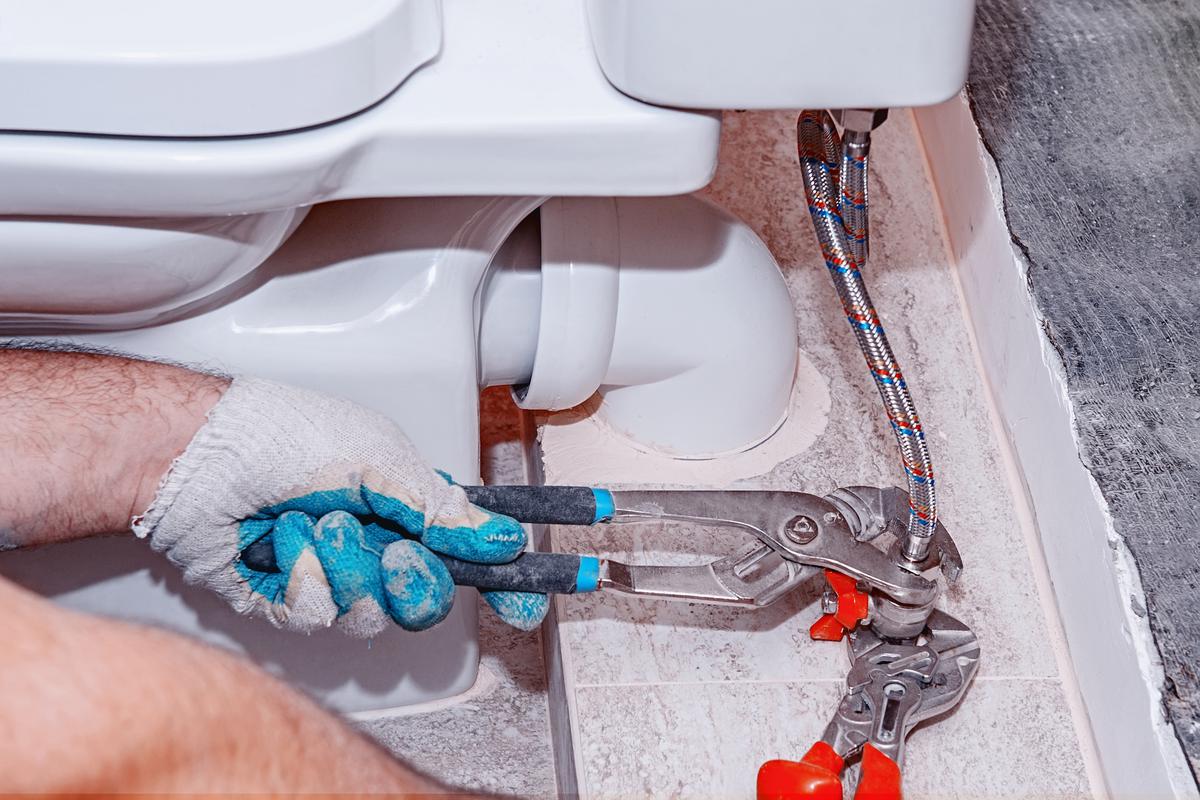
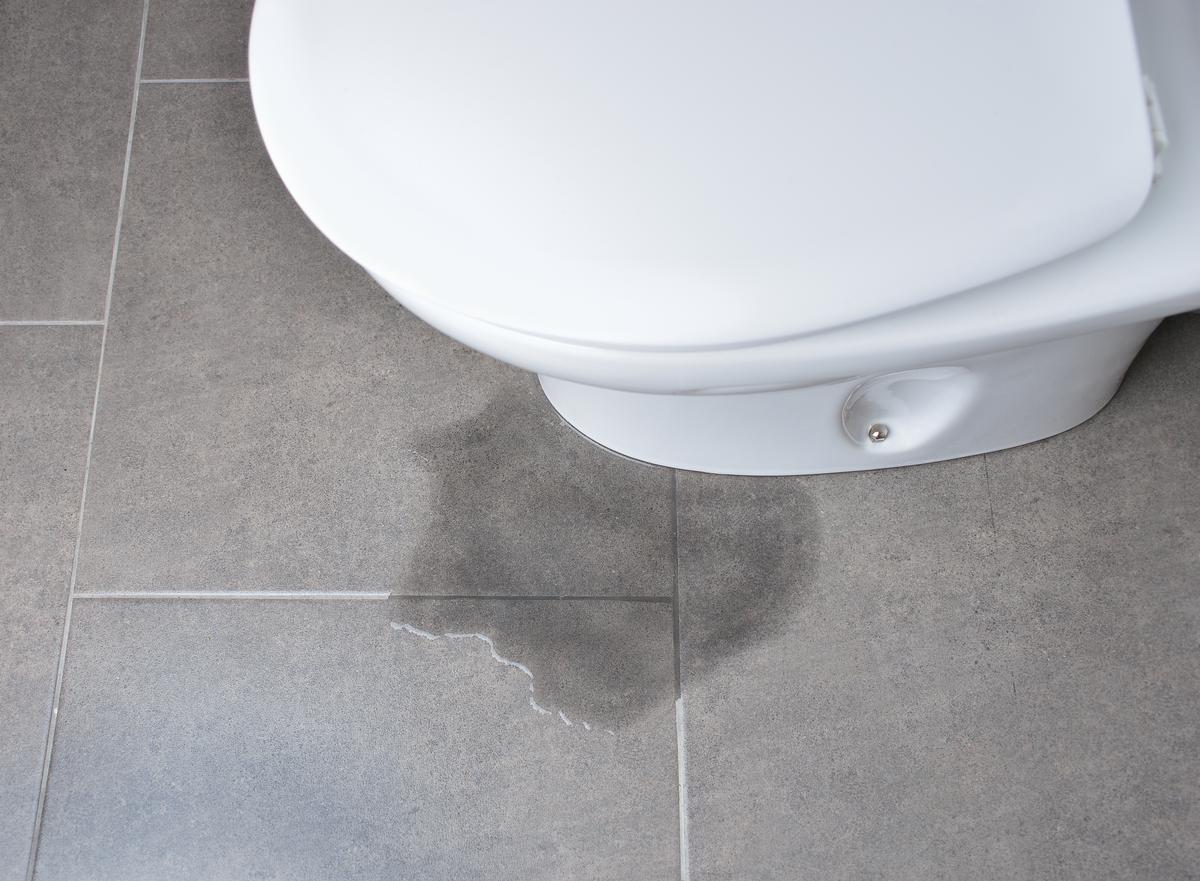
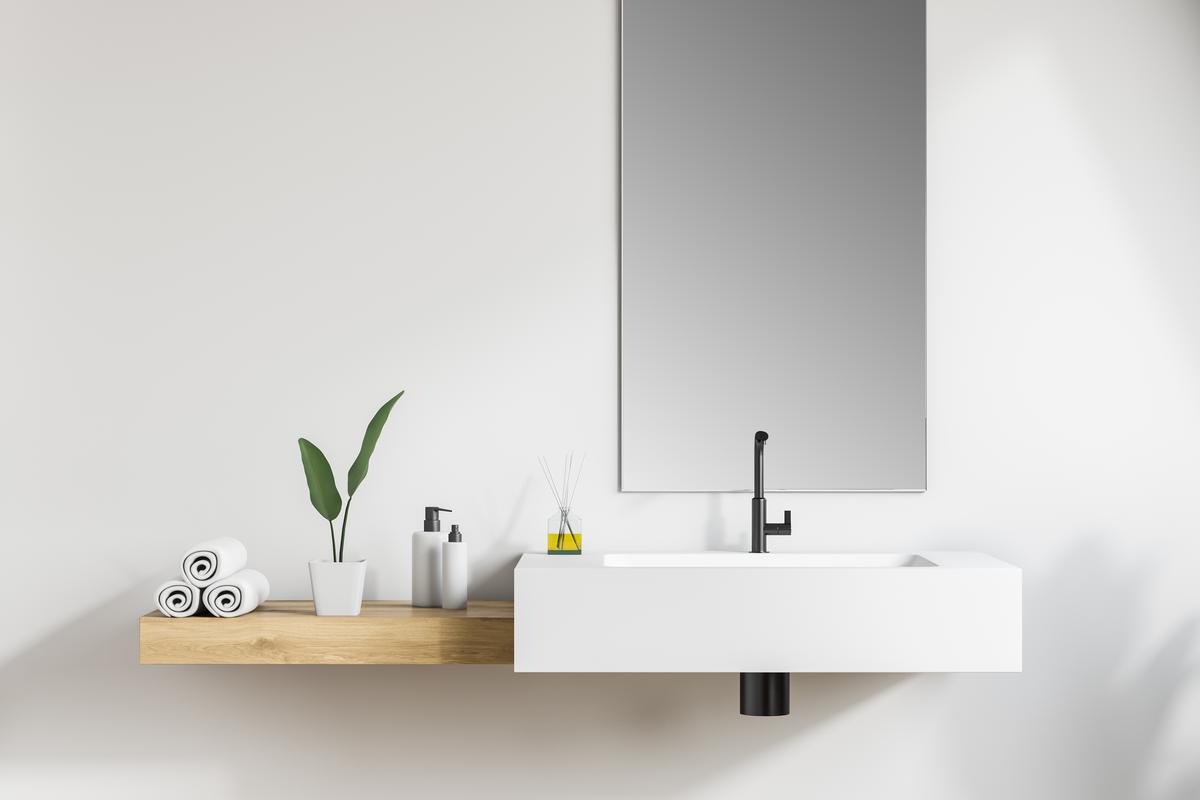
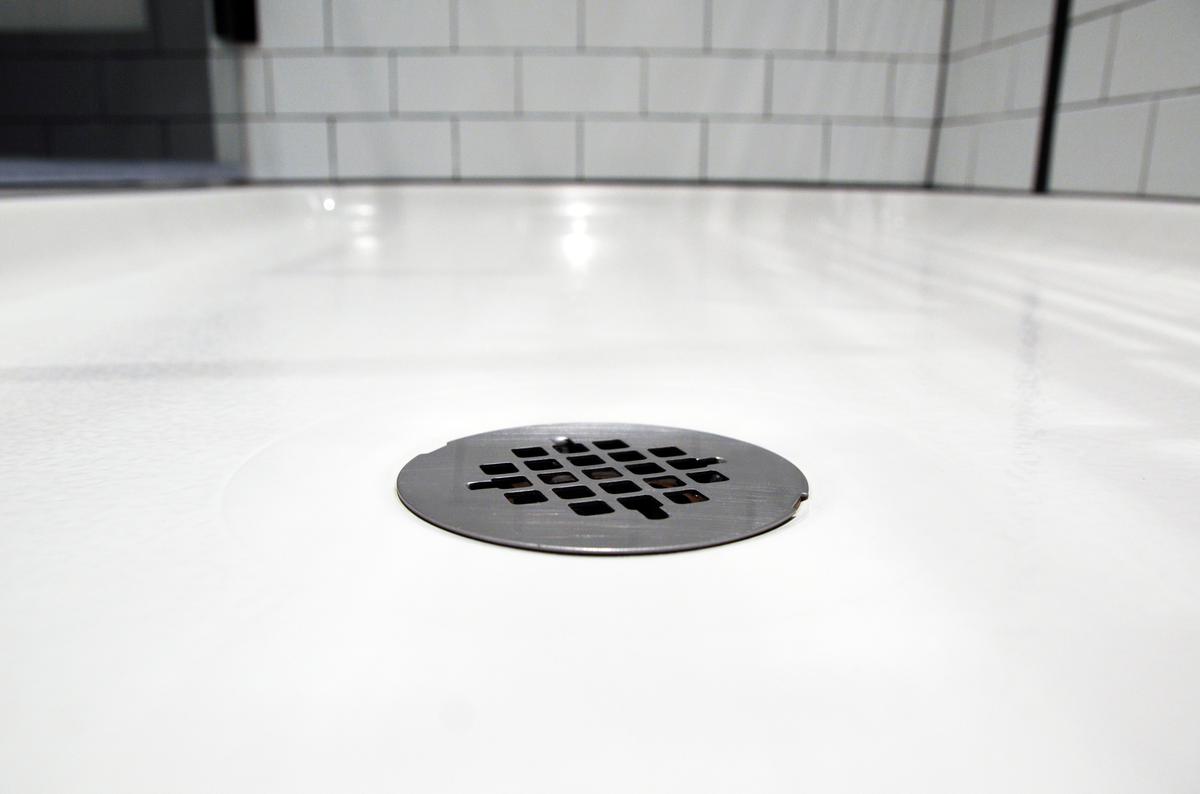
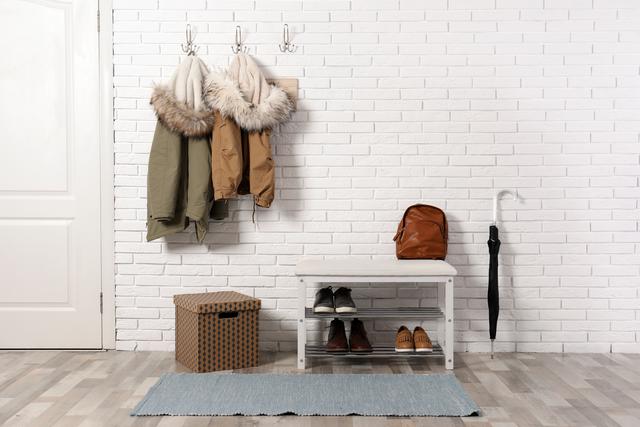
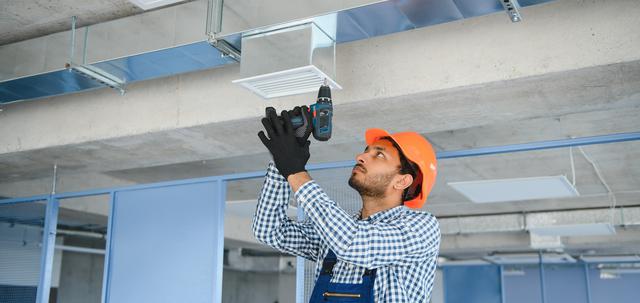
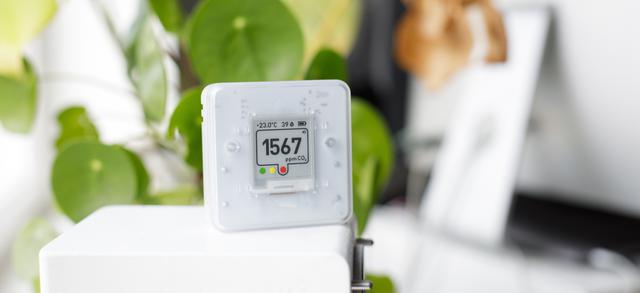
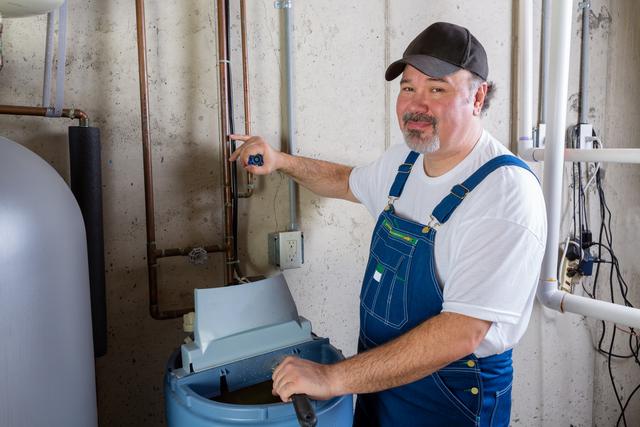
comments